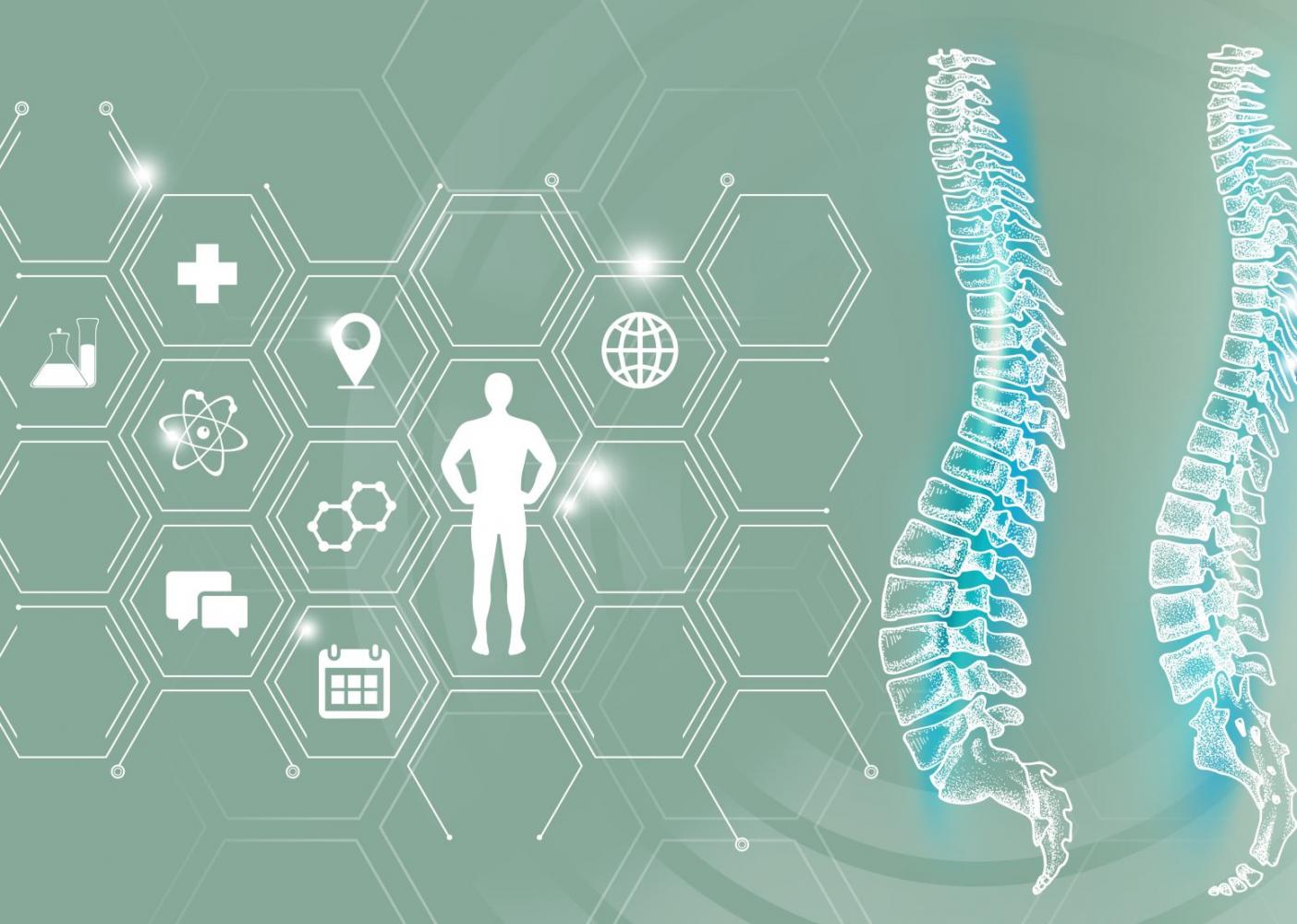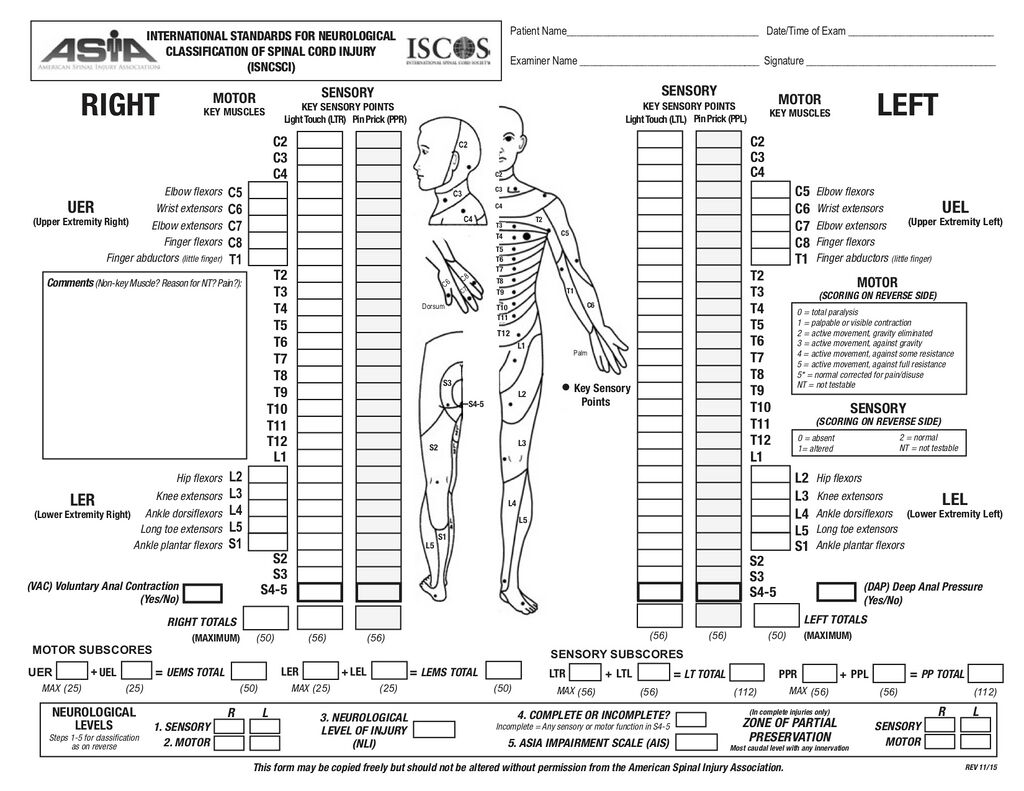
What is a Spinal Cord Injury?
A Spinal Cord Injury (SCI) involves damage to the nerves or nerve fibres of the spinal cord that sends and receives signals from the brain.
As these signals communicate messages between the body and the brain, any damage can result in a small or significant consequence in how the body functions.
The spinal cord is long - it extends from the bottom of the brain to the lower back.
A spinal cord injury may result from damage directly to the spinal cord or to damage of the tissues and bones surrounding it.
A Spinal cord injury can impact:
- Movement
- Sensation
- Breathing
- Organ function
- Bladder and bowel function
- Sexual function
What is the impact of a Spinal Cord Injury?
The impact on function depends on the location and severity of the spinal cord injury.
Typically, the higher up the injury on the spinal cord, the greater the functional impairment experienced to the upper and lower body.
An injury lower down may have an impact on leg function only.
Tetraplegia and Quadriplegia
Tetraplegia or quadriplegia involves an injury higher on the spinal cord which can cause paralysis in most of the body and affects all limbs.
Paraplegia
Paraplegia results from an injury that occurs lower down on the spinal cord which may only affect a person’s lower body and legs.
Paralysis
Paralysis is the loss of movement and sensory function.
Paralysis can occur immediately upon injury (primary damage) or develop over time from bleeding and swelling in the spinal cord and cell degeneration (secondary damage).
Complete and Incomplete Spinal Cord Injury
Spinal Cord Injury can be described as complete or incomplete.
Incomplete Spinal Cord Injury
An incomplete injury means the spinal cord is still able to send some messages to or from the brain. Having an incomplete injury means you may still have some feeling, function, and muscle control below the site of your injury.
Complete Spinal Cord Injury
A complete injury means that there is no nerve communication below the injury site. This results in a loss of muscle control, feeling or function below the injury.
Spinal Cord Injury Classification
The classification of a spinal cord injury is according to the American Spinal Injury Association (ASIA) Impairment Scale.
Learn more about the ASIA Impairment Scale.
How is a Spinal Cord Injury Diagnosed?
A spinal cord injury is diagnosed through various imaging methods, such as Magnetic resonance imaging (MRI), Computerised tomography (CT) and X-rays. This is to detect brain and spinal injury and differentiate it from trauma which may not be as permanent.
Directly following injury, the body is also assessed, monitored and treated due to the potential implications to the following physiological functions:
- breathing
- circulation
- changes in muscle tone and pain
- reflexes
- bladder and bowel function
- sexual function
Can you recover from a Spinal Cord Injury?
Through intensive rehabilitation, there is scope to regain some level of function that may have been impacted by a spinal cord injury. Rehabilitation may last months or years following the injury, depending on the severity of the injury.
However, it is unlikely that you will completely “recover” from a spinal cord injury and live "symptom-free" with no impact to your body and functioning. In some cases, deficits are permanent and will require intensive intervention and lifelong support to manage disability and health related needs.
Lifelong engagement with allied health professionals, such as Occupational Therapy, Physiotherapy and/or Exercise Physiology may be required to maintain function over the longer term following the rehabilitation period.
Specialised interventions with a suitably qualified allied health professionals are beneficial in addressing your specific needs.
You can recieve funding for therapy services if you are deemed eligible for the NDIS. What
What types of therapy can I access?
You can access a wide range of therapy providers, with a resource coming soon which explains the role of allied health in the NDIS.
How to access NDIS services?
The MyCareSpace Connections Team can help you to navigate the NDIS and connect you with local providers in your area.
NDIS THERAPY FINDER - FREE SERVICE
LET US FIND YOU A SKILLED SUPPORT WORKER


